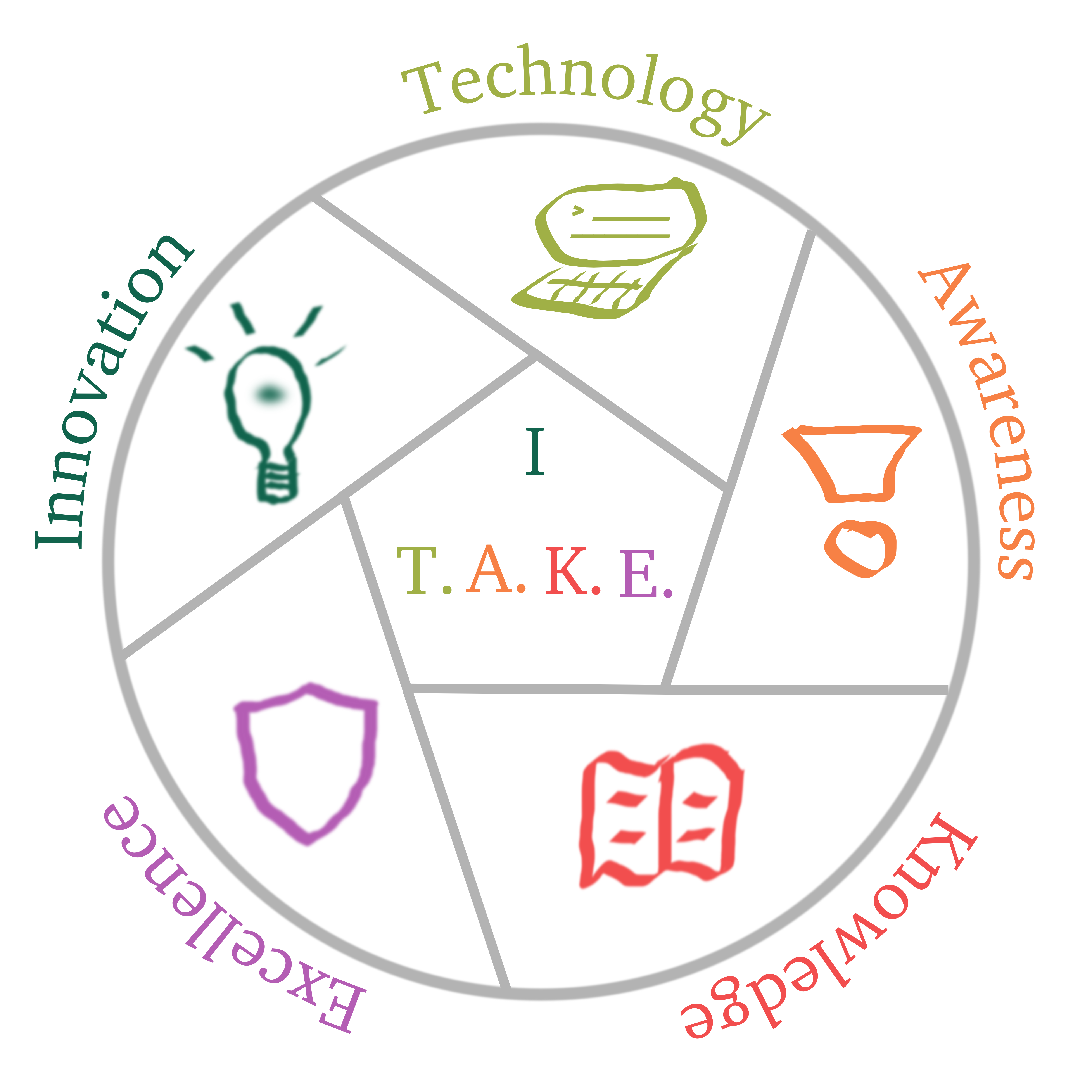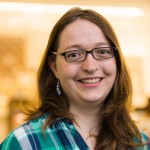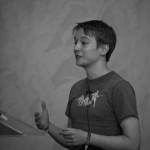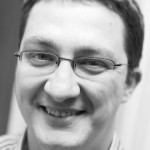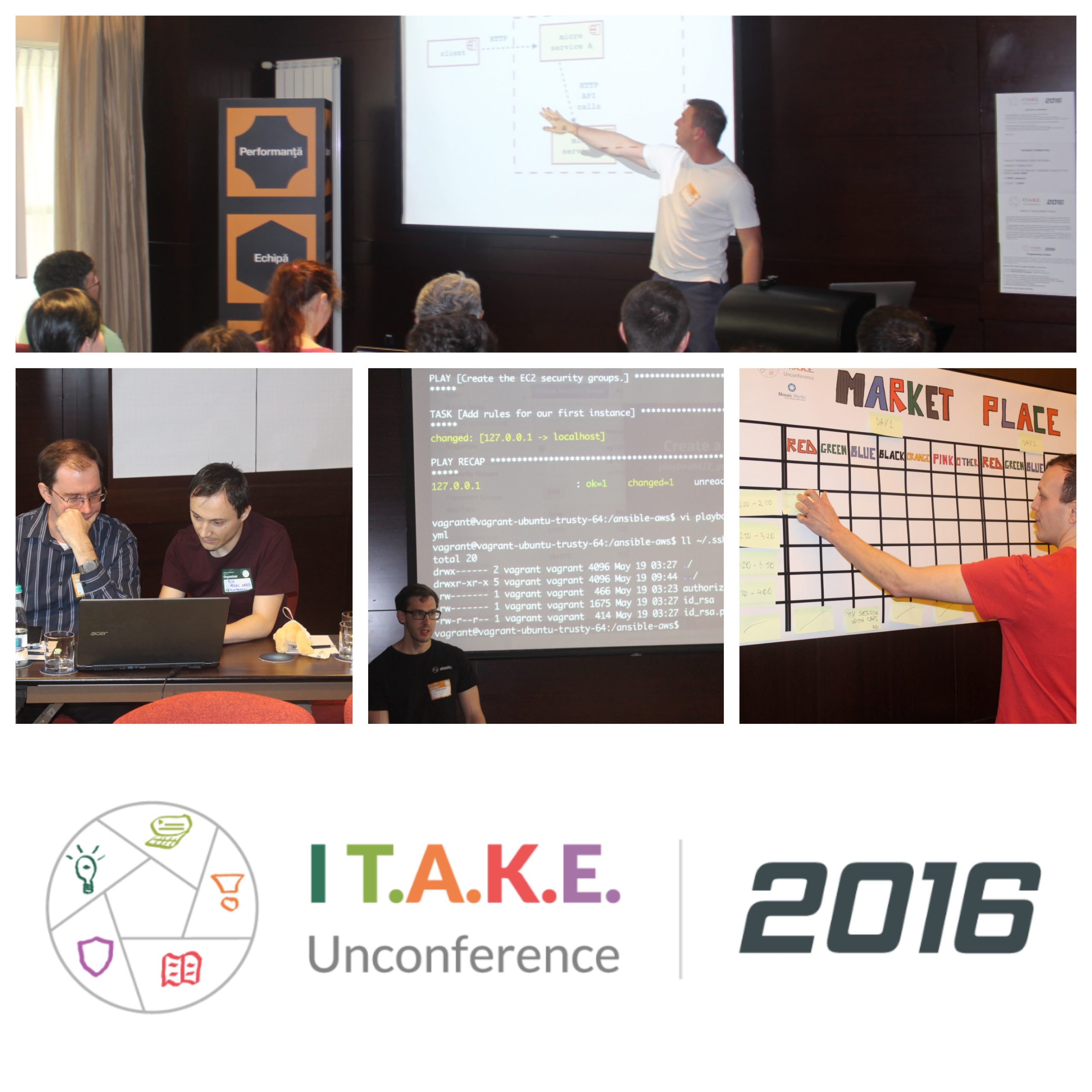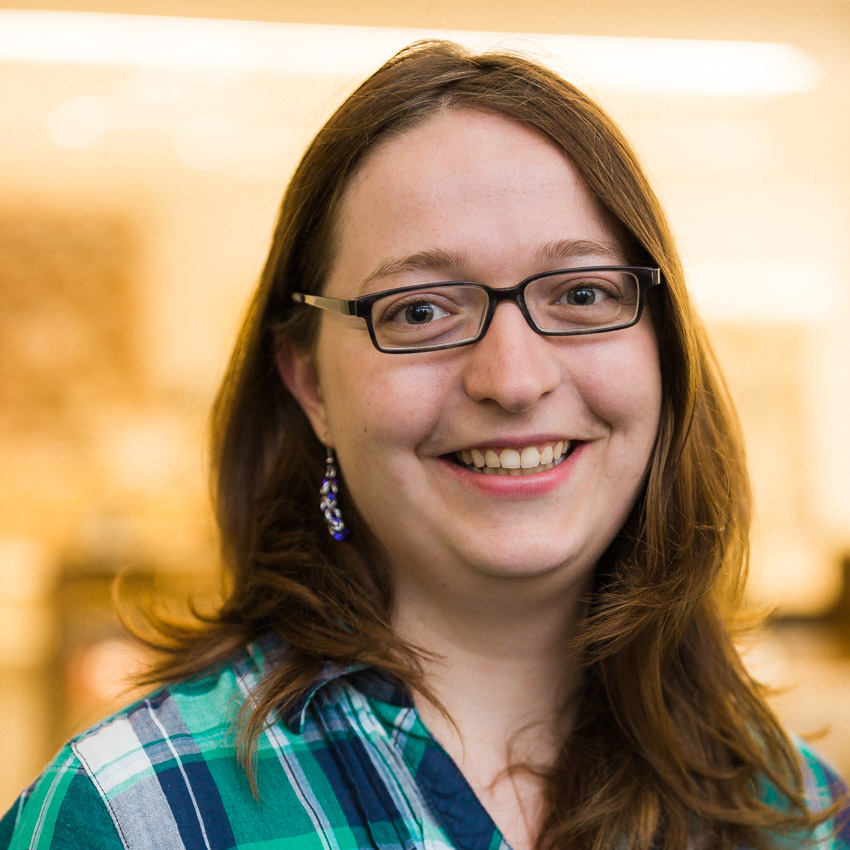
Software craftsmen from more than 15 countries will meet in the heart of Bucharest, 19-20 May, at I T.A.K.E Unconference! For 2 days, almost 30 speakers will share insights, latest trends, and deliver hands-on sessions.
We have previously shared the first round of practitioners who will make this year event a one not to be missed. Below, you can read more about the next 5:
Franziska Sauerwein, Software Craftswoman at Codurance LTD, UK
Introduction to Outside In Test Driven Development (London School) (Live coding)
Learn about different styles of TDD and how to choose the appropriate one
Raising The Bar (Talk)
My Journey Towards Software Craftsmanship
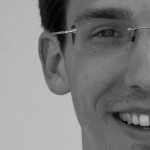 Philipp Krenn, Tamer of technology at ecosio, Austria
Philipp Krenn, Tamer of technology at ecosio, Austria
Automate all the things AWS with Ansible (Workshop)
You want to automate your AWS infrastructure, the provisioning of instances, and your deployments? Then Ansible is the right tool for you and this workshop gets you up and running in no time
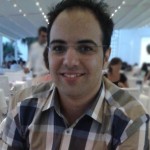 Tugberk Ugurlu, Software Developer at Redgate Software, UK
Tugberk Ugurlu, Software Developer at Redgate Software, UK
How Docker Changes the Way You Work with and Release Your Microservices (Talk)
1000 feet overview of managing a solution architecture that consists of Microservices with Docker
Zero Downtime Deployment Golden Rules (Talk)
Getting Into the Zero Downtime Deployment World
Tim Perry, Tech lead and Open-Source Champion at Softwire, Spain
Microservice Pipeline Architecture (Talk)
Microservice architecture in practice, to build content pipelines
Andrey Adamovich, Software Architect at Aestas IT, Latvia
Patterns for infrastructure as-a-code (Talk)
Patterns are everywhere
Visualizing codebases (Talk)
Want to challenge the current programming practices as these software craftsmen are doing? Want to experience new techniques, debate on the existing ones or even pair program in the I T.A.K.E Unconference space?
Get your Super Early Bird ticket today!
Stay tuned. We will continue publishing more about the program, speakers and the dynamic learning practices awaiting you.
Thrilled to see you in May!
